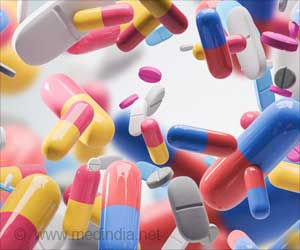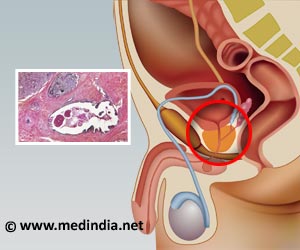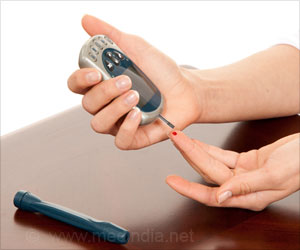Blood pressure is measured by two numbers. The upper (systolic) number represents the pressure in blood vessels when the heartbeats. The lower (diastolic) number represents the pressure in the vessels when the heart rests.
If the systolic blood pressure reading is above 140 mmHg and/or the diastolic blood pressure reading above 90 mmHg, it is called high blood pressure (hypertension) (3✔ ✔Trusted Source
Facts About Hypertension
Go to source
).
High blood pressure mostly doesn’t show up in the form of warning signs or symptoms. When symptoms do happen, they are early morning headaches, nosebleeds, irregular heartbeat patterns, changes in vision, and buzzing in the ears.
Please remember!! The only way to detect high blood pressure is by measuring the blood pressure. Individuals can measure their blood pressure using devices or consult a general physician.
Why Hypertension is a Public Health Epidemic?
-
Hypertension (high blood pressure) significantly increases the risks of heart, brain, kidney, and other diseases. - An estimated 1.28 billion adults aged 30-79 years worldwide have hypertension, mostly living in low- and middle-income countries.
- An estimated 46% of adults worldwide with hypertension are unaware that they have this condition.
- Less than half of adults (42%) with hypertension are diagnosed and treated.
- Approximately 1 in 5 adults (21%) with hypertension have it under control.
- Hypertension during pregnancy is a major cause of premature death worldwide.
- One of the global targets for non-communicable diseases is to reduce the prevalence of hypertension by 33% between 2010 and 2030 (4✔ ✔Trusted Source
HypertensionGo to source
).
World Hypertension Day 2022 Theme
In 2022, the theme is Measure Your Blood Pressure Accurately, Control It, Live Longer, focusing on countering low awareness rates worldwide, especially in low to middle-income countries, and accurate blood pressure measurement methods (5✔ ✔Trusted Source
World Hypertension Day
Go to source
).
World Hypertension League recognizes that there are complex challenges in the prevention and control of hypertension globally, and, in most settings, efforts are neither comprehensive nor coordinated. To help avoid this, all countries should participate in the World Hypertension Day celebration with rigorous blood pressure measurement and awareness efforts in the community and clinical settings. Everyone’s participation is needed to achieve the goals.
Help spread awareness because hypertension (high blood pressure) can be treated and controlled and if right actions are taken at right time.
How to Prevent Hypertension?
Although hypertension is a lifestyle disease, it is possible to keep it at bay. To prevent high blood pressure, one needs to follow certain changes in lifestyle such as:
-
Reduce the salt intake to less than 5g daily. - Consume more fruit and vegetables.
- Be physically active daily.
- Avoid smoking and other forms of tobacco.
- Limit alcohol consumption.
- Reduce the intake of foods high in fats.
Life is much better when we have a calm and composed heart and mind. Let us work towards stability and better health on World Hypertension Day.
References:
- World Hypertension Day – (https://www.paho.org/en/world-hypertension-day)
- World Hypertension Day and global awareness – (https://www.ncbi.nlm.nih.gov/pmc/articles/PMC2643187/)
- Facts About Hypertension – (https://www.cdc.gov/bloodpressure/facts.htm)
- Hypertension – (https://www.who.int/health-topics/hypertension#tab=tab_1)
- World Hypertension Day – (https://www.whleague.org/)
Source: Medindia



